Launching payment business from scratch.
EMI, PI, Banking, MSO, MSB licenses,
White-label banking solutions, AML and FinTech Consulting
The SBSB Fintech Lawyers team has been providing comprehensive legal support for FinTech projects since 2013. We offer turnkey solutions — from choosing the optimal jurisdiction for business registration to preparing all necessary documents for obtaining financial and payment licenses worldwide, monthly lawyer support, tax burden calculation, and developing software for payment systems.
Obtaining Payment Licenses
We assist FinTech startups and already running companies in obtaining permissions for payment services in various jurisdictions across Europe, Asia, and Latin America:
- EMI license;
- PI license;
- small, restricted, or specialized PI and EMI licenses;
- SVF, MSO, and MSB licenses.
After analyzing the client’s project, we offer up-to-date FinTech payment solutions for future businesses, assist in choosing the license type and optimal jurisdiction in different regions of the world, and register the company in the chosen country. Our suite of services for FinTech projects also includes opening bank accounts, preparing documents and applications for obtaining permissions, and liaising with regulatory bodies.
BaaS White-label Banking Solutions
The BaaS service and White-label banking solutions enable companies to launch projects without spending considerable time, money, and team efforts on developing proprietary software. SBSB experts assist in finding payment systems willing to ‘rent out’ their payment licenses to our clients. Upon signing an agreement with a partner, you begin operating as an authorized payment system agent.
SBSB lawyers select licenses and software that meet project requirements. Our team helps clients implement ideas by handling legal and organizational matters on their behalf!
FinTech Consulting
SBSB Fintech Lawyers provide comprehensive legal support for FinTech services, allowing focus on project development and working within the legal framework in strict compliance with regulatory and tax authorities.
Our experts offer legal support on a wide range of issues in the FinTech and financial services:
- analyzing and editing contracts;
- preparing documentation for licensing and project registration procedures;
- analyzing business model risks;
- communicating with banks and regulators;
- developing or amending internal and external policies;
- issuing legal opinions;
- drafting memorandums for FinTech projects.
Banking License
Realize your business idea of launching a financial institution and providing banking services by obtaining a banking license. SBSB specialists help obtain various types of activity permits, including offshore banking licenses.
We offer a comprehensive approach to obtaining banking licenses, considering the preferences and goals of the future project, as well as the regulatory requirements of the relevant jurisdiction’s regulatory body. SBSB experts advise clients and provide the following services:
- company registration;
- drafting policies and preparing documents for the licensing process (business plan, financial forecast, organizational structure);
- assistance in opening accounts in local and international banks (safeguard, corporate, correspondent, and others);
- connecting merchant accounts, Visa, Mastercard, SEPA, SWIFT;
- tax burden calculation;
- communicating with regulators until the license is obtained.
AML for FinTech
We develop and assist in implementing internal and external AML (Anti-money laundering) policies to prevent the payment business from becoming a platform for laundering illegally obtained finances. SBSB offers a range of services:
- AML consulting;
- assisting payment institutions in complying with AML/KYC legislation;
- procedure analysis;
- identifying risks and vulnerabilities in control systems;
- developing AML policies and procedures.
We also provide GDPR consulting:
- consultations on legal issues related to complying with requirements for the processing, storage, deletion, and transfer of personal data;
- assistance in constructing procedures for the security of personal data;
- developing and reviewing documents and processes to comply with GDPR requirements.
Why Choose SBSB Fintech Lawyers
Our experts have years of experience in FinTech financial services, with dozens of successful practical cases in our portfolio. We offer each client an individual solution, considering the unique characteristics of their business model.
Contact SBSB lawyers, and we’ll help you launch your project quickly in any part of the world!
Pages
- Company
- Contact information
- Cookie Policy
- FAQ
- GDPR
- Home
- Newsroom
- Our services
- Company formation
- Crypto
- Crypto licenses
- Crypto license in Africa
- Crypto license in Asia
- Crypto License in Australia
- Crypto License in Canada
- Crypto license in Europe
- Crypto license in Bosnia
and Herzegovina - Crypto license in Bulgaria
- Crypto license in Czech Republic
- Crypto license in Estonia
- Crypto license in Georgia
- Crypto license in Italia
- Crypto license in Lithuania
- Crypto license in Poland
- Crypto license in Portugal
- Crypto license in Slovakia
- Crypto license in Switzerland
- Crypto license in the UK
- Crypto license in Bosnia
- Crypto License in New Zealand
- Latam crypto license
- Offshore crypto license
- Registration of a physical exchange office
- CASP License
- DAO in the UAE
- Drafting policies
for crypto projects - MiCA Regulation
- Registration DAO in Marshals
- VASP License
- White label consulting
- AML/KYC for Crypto
- Cryptoconsulting
- Tokenization
- Crypto licenses
- FinTech
- Investments
- AML/CTF for investment
- Asset management License
- Forex licenses
- Botswana Forex license
- Forex license in Comoros
- Forex license in Costa Rica
- Forex license in Cyprus
- Forex License in Labuan
- Forex license in Mauritius
- Forex license in Saint Lucia
- Forex License in Saint Vincent
and Grenadines - Forex license in Seychelles
- Forex License in South Africa
- Forex license in Vanuatu
- Registration of an investment fund
- Connecting the MetaTrader platform
- Crowdfunding
- Invest Consulting
- Online Gaming
- Gambling licenses
- Anjouan Gambling License
- Betting License
- Gambling license in Australia
- Gambling License in El Salvador
- Gambling license in Gibraltar
- Gambling license in India
- Gambling License in Liberia
- Gambling license in Malta
- Gambling License in Nevis
- Gambling License in Panama
- Gambling License in Romania
- Gambling license in Tobique
- Vanuatu gambling license
- Gambling license in Great Britain
- Gambling license in Estonia
- Gambling license in Isle Of Man
- Curacao Gaming License
- Costa Rica Gambling License
- Gambling license in Comoros
- Alderney Gambling License
- Gambling license in Brazil
- Gambling license in Kahnawake
- Crypto Casino License
- Gambling license in South Africa
- Gambling license in Sweden
- Gambling license in the Philippines
- Online Casino Turnkey Solution
- Turnkey Online Casino Solution
- White Label Casino License
- White Label Gambling License
- AML/KYC for gambling
- Gambling consulting
- Drafting policies for gambling projects
- Gambling licenses
- Opening Accounts
- Privacy Policy
- Return & Refund Policy
- Reviews
- Sitemap
- Terms and Conditions
Get in touch with us

Daria Lysenko
Senior lawyer

Valeriia Kozel
Customer manager
You can be interested in following articles

US Crypto Regulations

The Beginner’s Guide to Online Gambling Licences: Everything You Need to Know
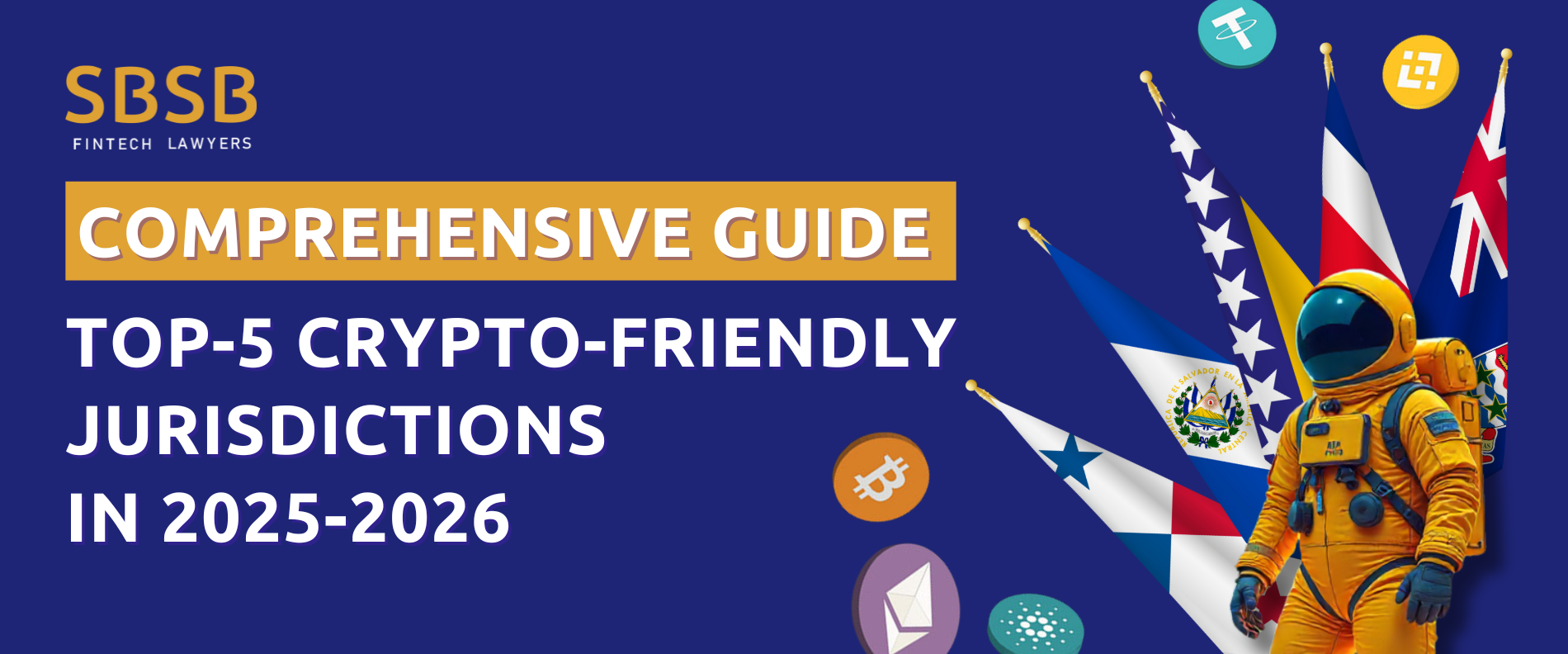
Top 5 Crypto-Friendly Jurisdictions for 2025-2026: Expert Guide by SBSB FinTech Lawyers
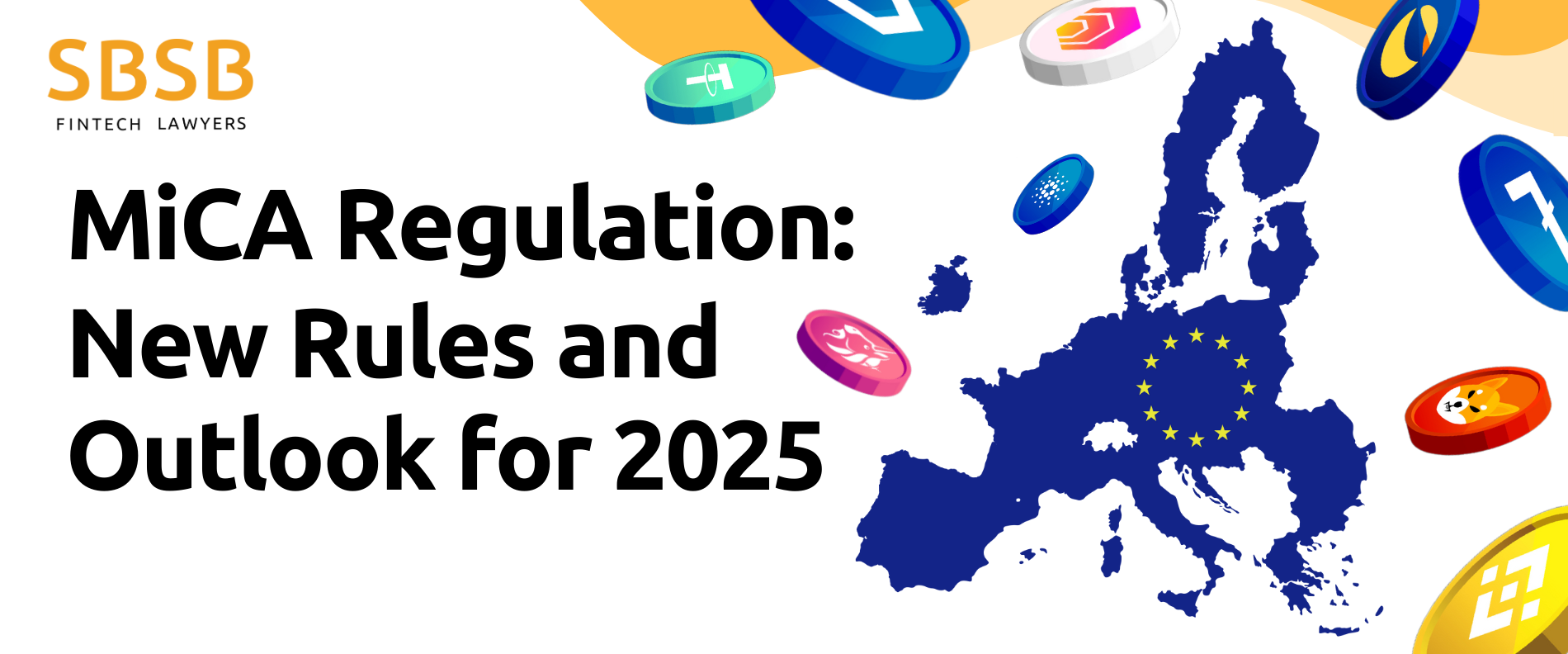
MiCA Regulation: New Rules and Outlook for 2025
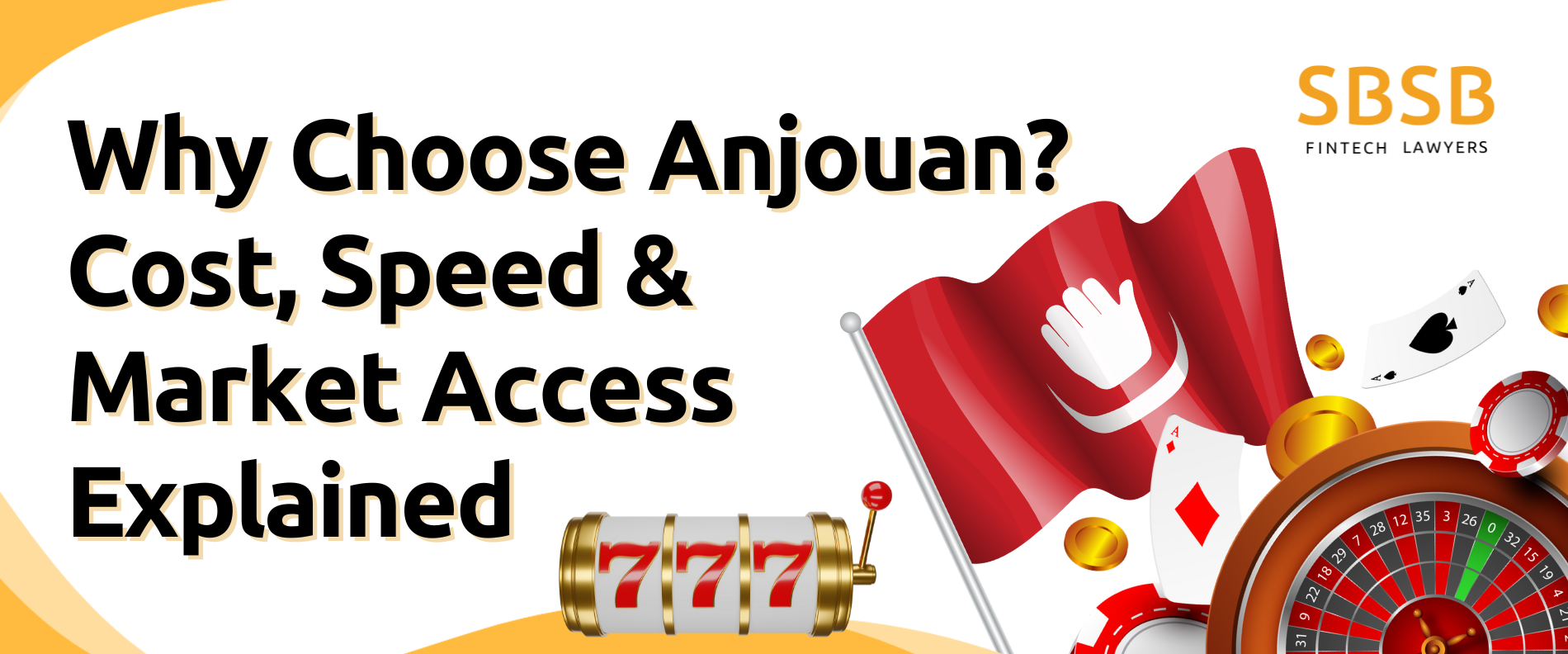
Why Choose Anjouan? Cost, Speed & Market Access Explained
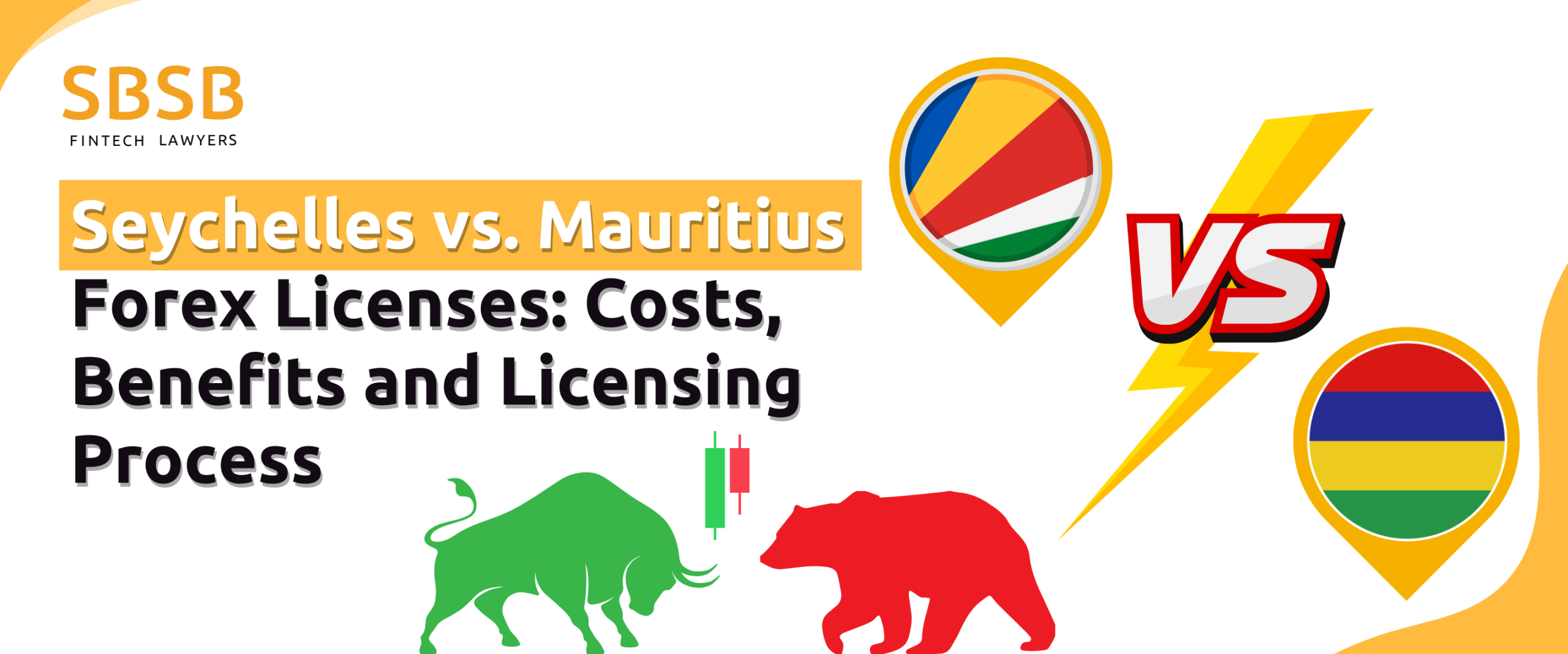
Seychelles vs Mauritius Forex Licenses: Costs, Benefits, and Licensing Process

Sweden Amends Gambling Act to Crack Down on Unlicensed Operators
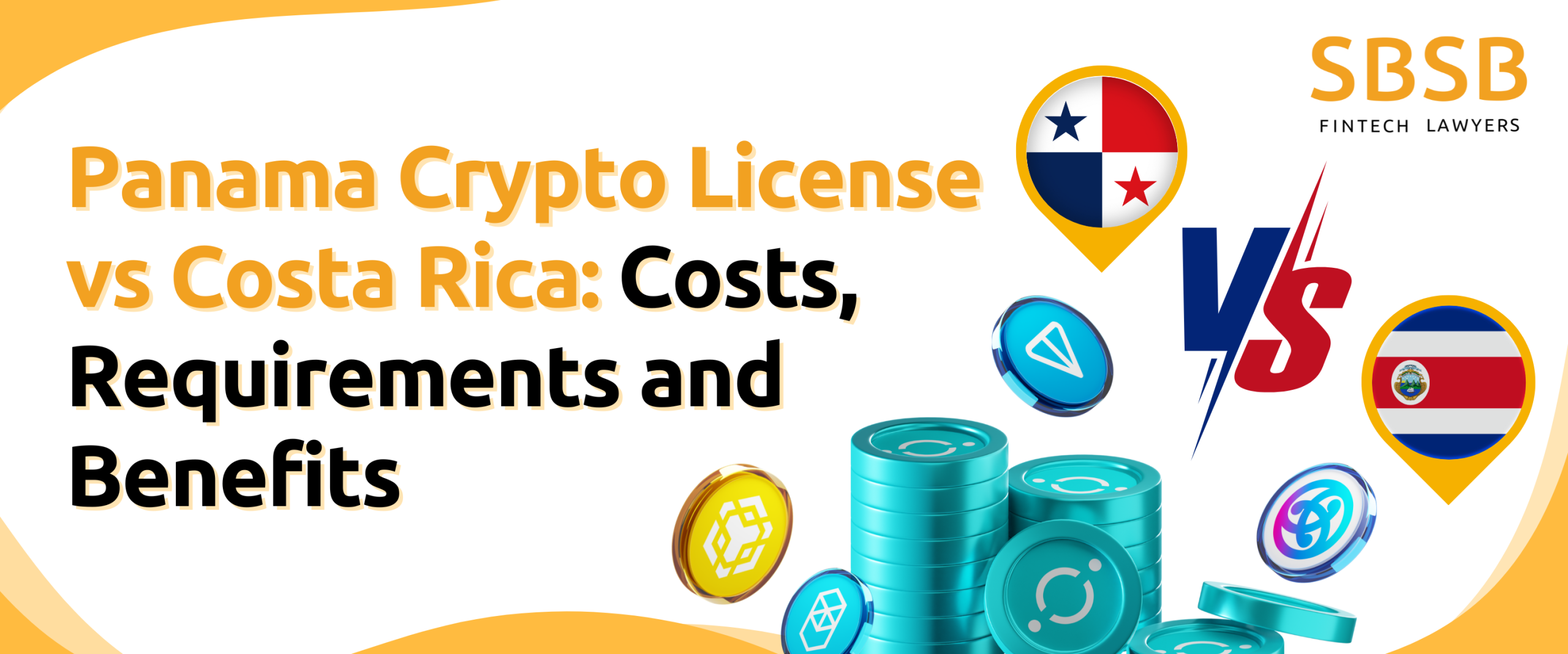
Panama Crypto License vs Costa Rica: Costs, Requirements and Benefits

Gambling License in South Africa: A Deep Dive into Regulation and the Provincial Application Process
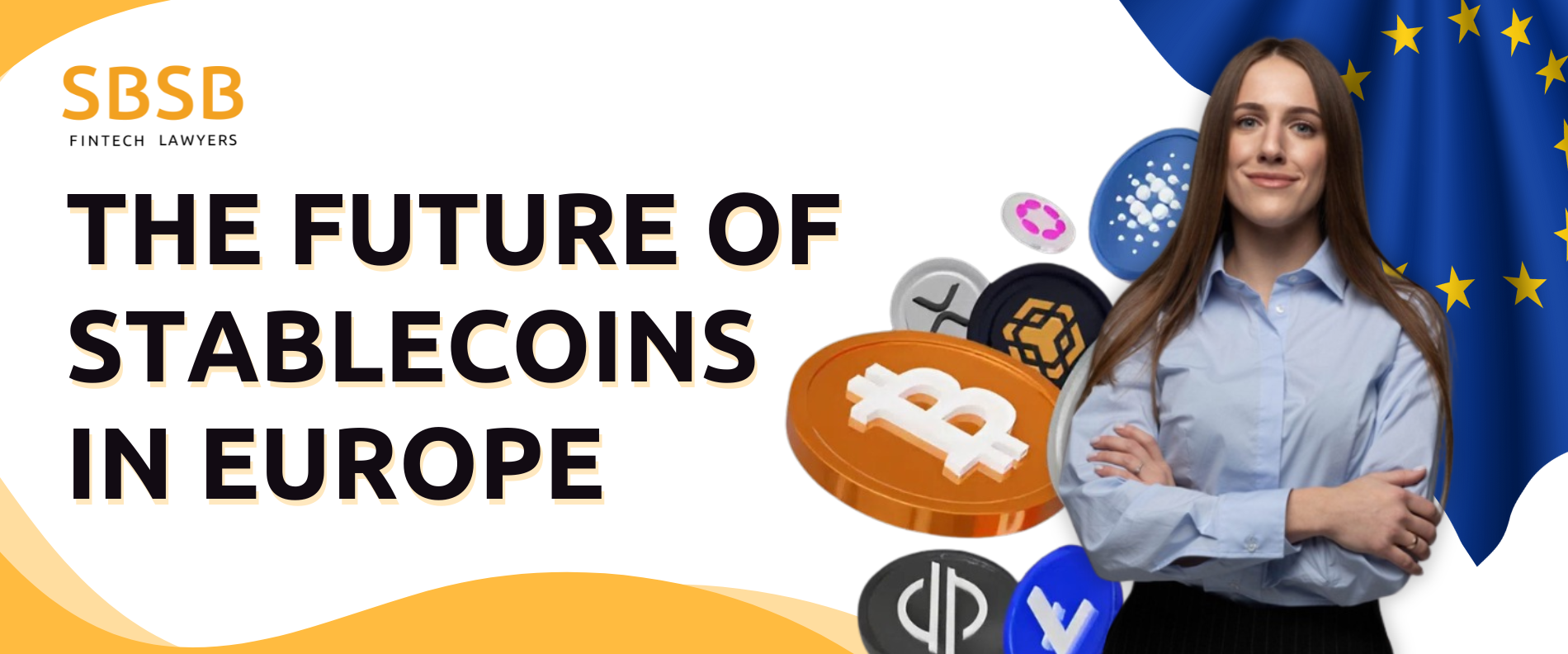
The Future Of Stablecoins In Europe
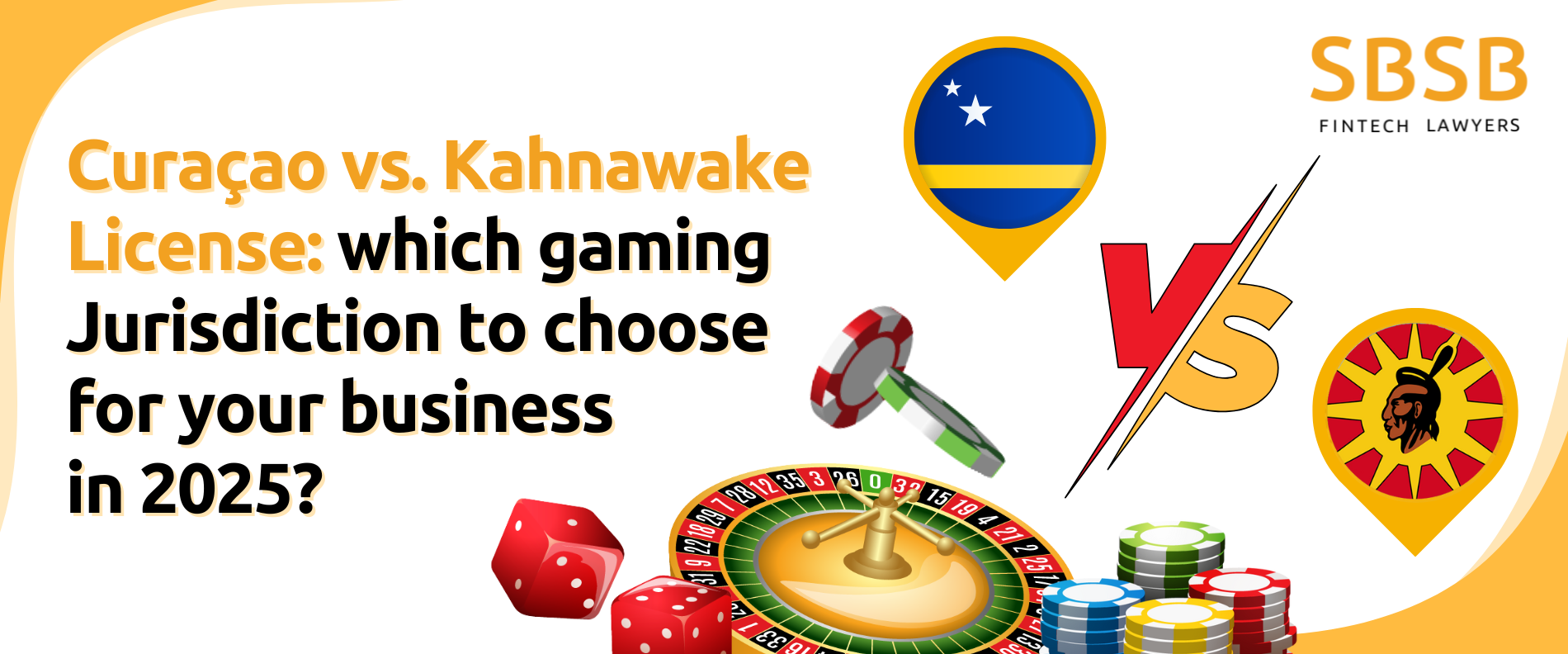
Curaçao vs. Kahnawake License: which gaming Jurisdiction to сhoose for your business in 2025?

Bets are placed, welcome to the game on a grand scale: Licensing in Ireland 2.0
Customer reviews











